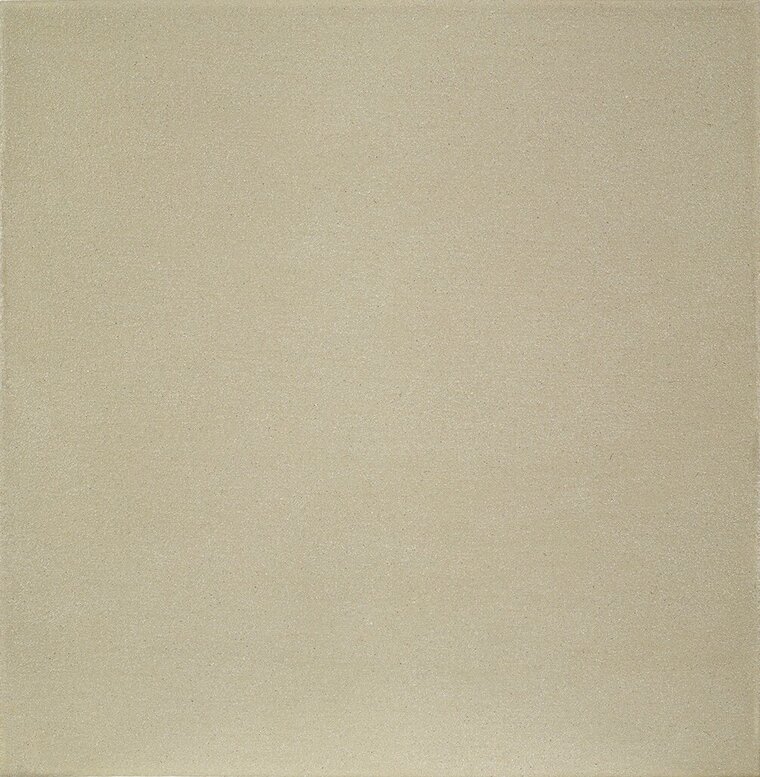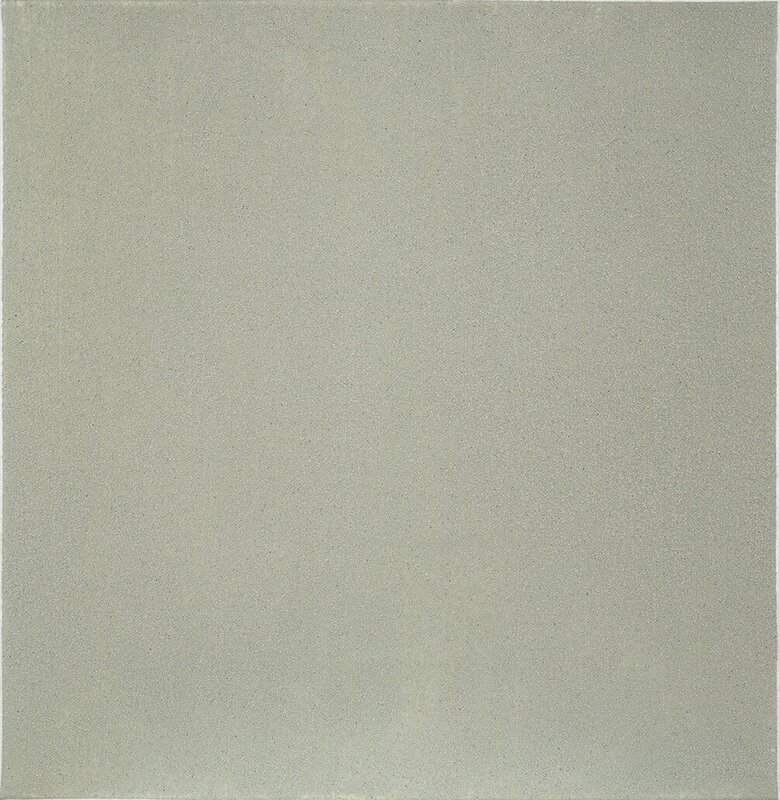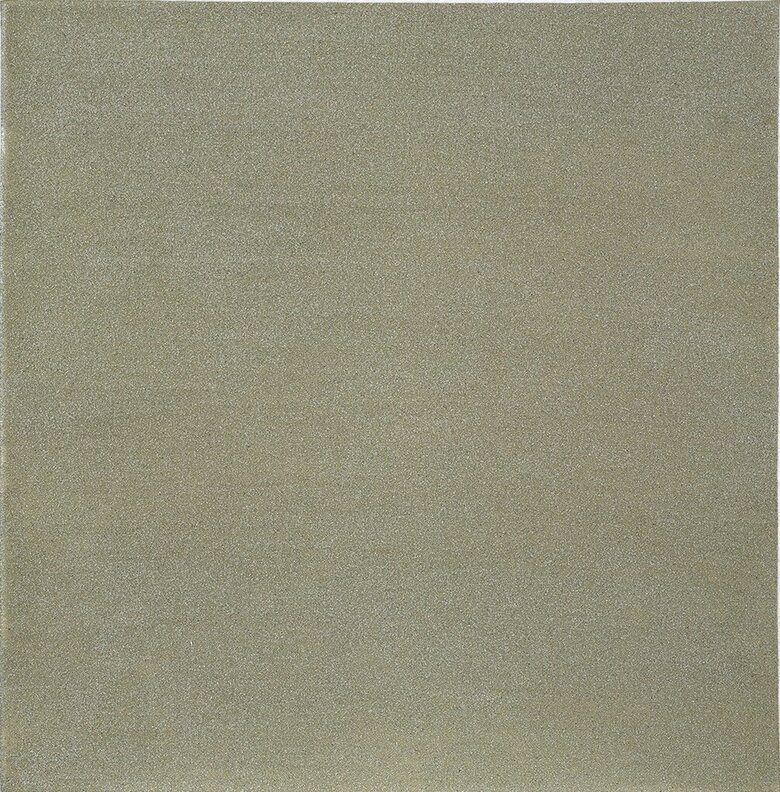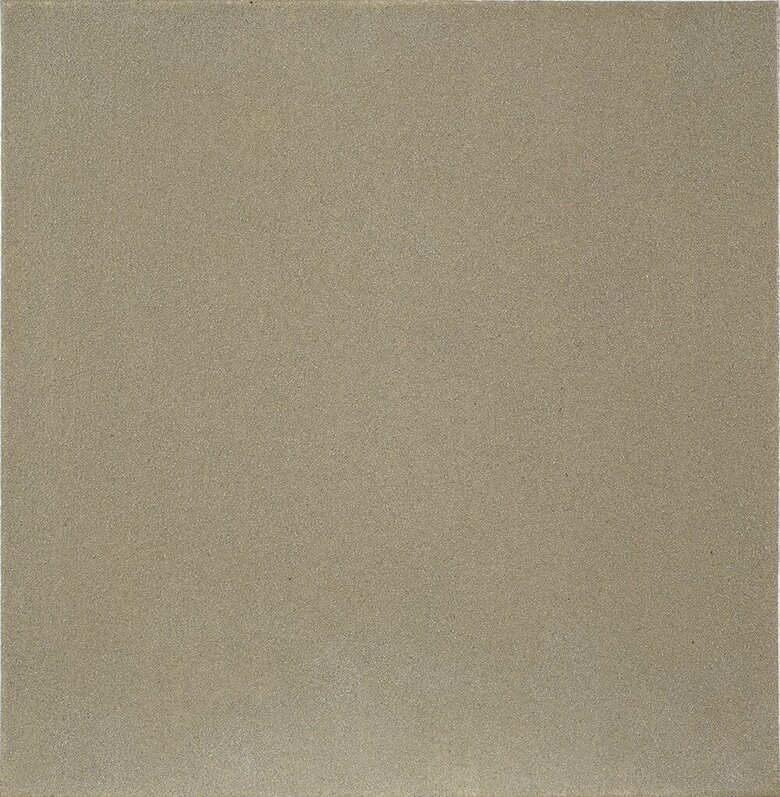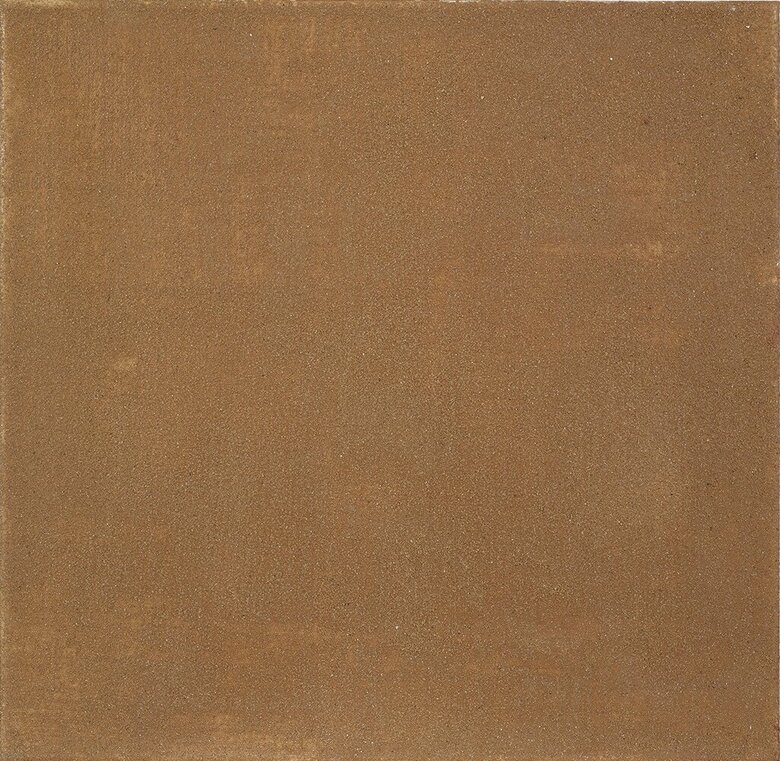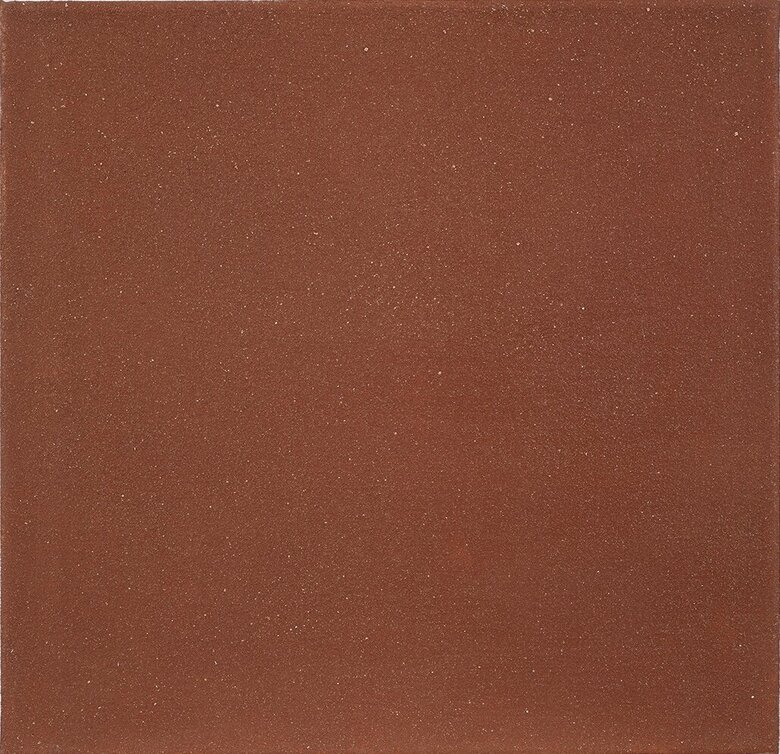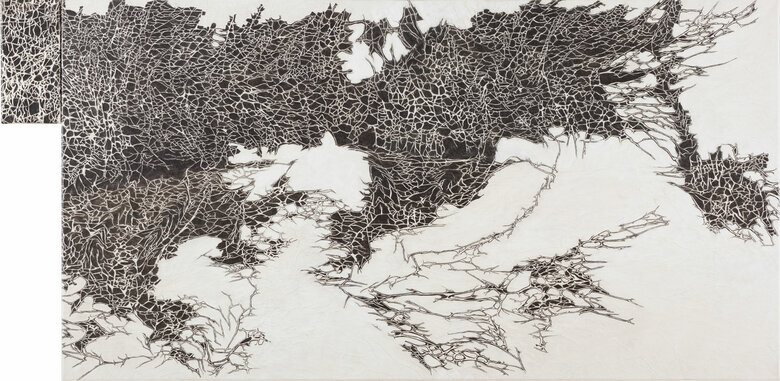Oscar-Romero-Haus, Bonn, Germany: A former prison repurposed by the Nazi regime's SS in 1933 as an unofficial detention center, then later reclaimed by activists in the 1970s and named after the martyred Archbishop Óscar Romero. Kaabi-Linke’s pigment work tracks this arc from violence to solidarity, exposing how spaces of oppression can be re-inscribed with meaning.
Tunisian- Ukrainian artist Nadia Kaabi-Linke's works operate at the intersection of materiality, memory, and power. Raised between Tunis, Kyiv, and Dubai, Kaabi-Linke’s work is shaped by her experiences of crossing cultural, linguistic, and political boundaries. Her works explore the invisible structures of control, colonialism, bureaucracy, surveillance, and the ways in which these forces leave material traces on bodies, buildings, and landscapes. Trained in fine arts and the philosophy of art, Kaabi-Linke’s approach is both conceptually rigorous and physically investigative, often involving acts of scraping, collecting, and transforming architectural surfaces into new forms of testimony.
Colour of Times began in 2014 with a residency at The Mosaic Rooms in London. Research into the building’s history uncovered its colonial past as the former home of Imre Kiralfy, who staged imperial exhibitions such as Savage South Africa. Through physical investigation, and by scraping into the gallery’s walls, she revealed hidden layers of paint, plaster, and even gold leaf embedded in the ceiling that dated back to when Kiralfy owned the property. These fragments were ground into pigment and applied to canvas to produce her first Colour of Times piece, a monochrome painting that draws from the textures and colors of old walls, thus condensing over a century of forgotten spectacle and erasure into one fragile surface.
The series grew from there. At its core is a multi-layered process that merges forensics with visual arts. Kaabi-Linke collects pigments from historically significant buildings - nearly 100 years old - that are often places marked by trauma, transformation, colonialism, or ideological tension. She scrapes the walls’ surfaces to recover old layers of plaster and paint, pulverizes them, and reconstitutes them into pigment which she then applies to her square shaped canvas. Each canvas becomes a material archive, holding not only the remnants of a place but the forces that shaped it.
What these works reveal is not always visible, as Kaabi- Linke’s art generally investigates the notion of “invisibility”. The series challenges conventional historical narratives by embedding suppressed memory directly into the artwork. From Gandhi’s Kochrab Ashram in Ahmedabad to a Nazi-era prison turned labor court in Bonn, these buildings are not only backdrops to history, they are also witnesses. Her work invites viewers to consider how space silently bears the weight of political violence, disappearance, and resistance.
Since its inception, the series has expanded across continents: from Kyiv to Tunis, from Jerusalem to Ahmedabad. While each piece is site-specific, they are bound by a shared ethic: a belief that the past is not gone, but layered, inscribed, and waiting to be read. Through pigment, Kaabi-Linke turns architecture into narrative, creating works that are as much about what has been lost as what remains.

